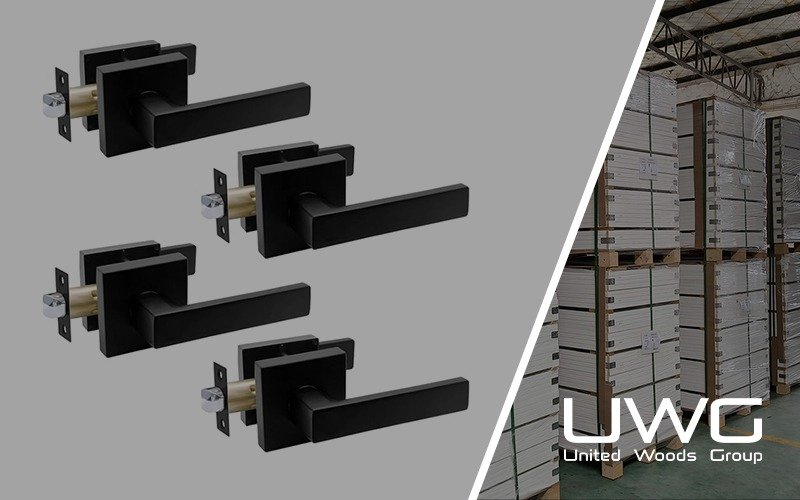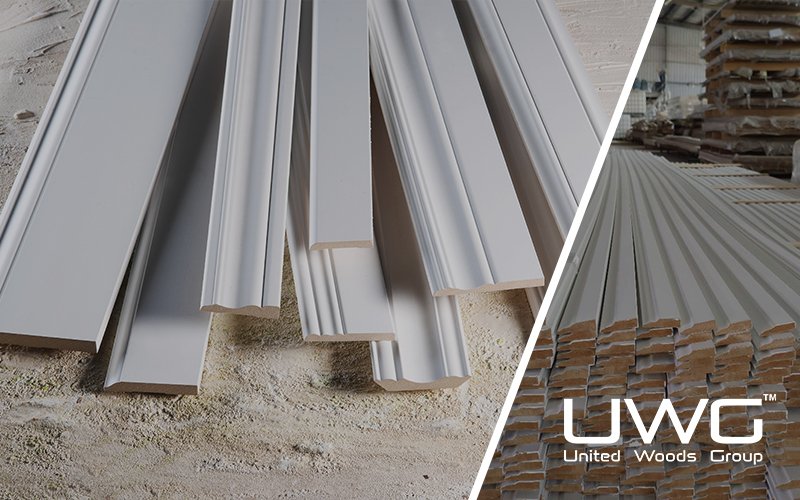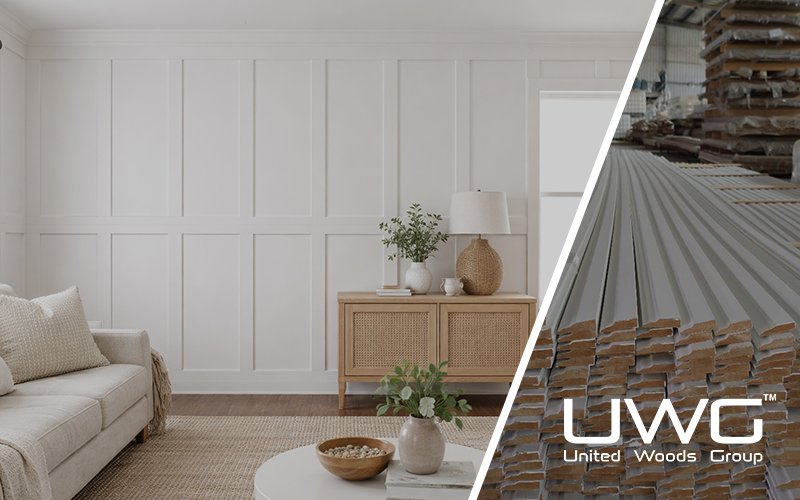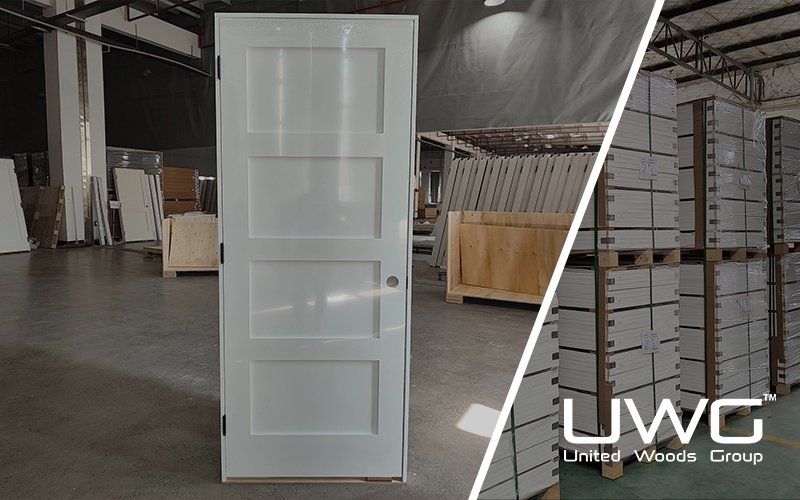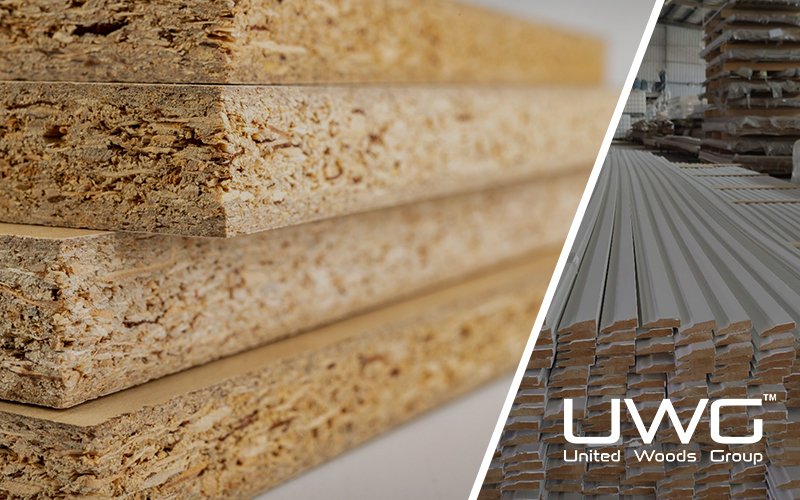Door hardware isn’t just about appearance — it plays a crucial role in privacy, safety, and usability. The wrong lock in the wrong place can cause confusion, callbacks, or even compromise security. So how do you know which type of lock fits each door in a house or building?
Let’s break down each lock type in detail and explore how to match them with different doors in your building or renovation projects.
What Is an Entry Door Lock?
Entry locks are used on exterior doors like front, back, or side entrances, where security is essential and key access is required. These locks can be operated from the outside with a key and from the inside with a thumb turn or button.
The most common choices are keyed entry door knobs, which combine ease of use with dependable security. You’ll also find lever options with advanced features such as:
- Single-cylinder or double-cylinder options — ideal for varying security needs
- Built-in deadbolts — offer stronger resistance against forced entry
- Smart lock compatibility — allows integration with digital access systems
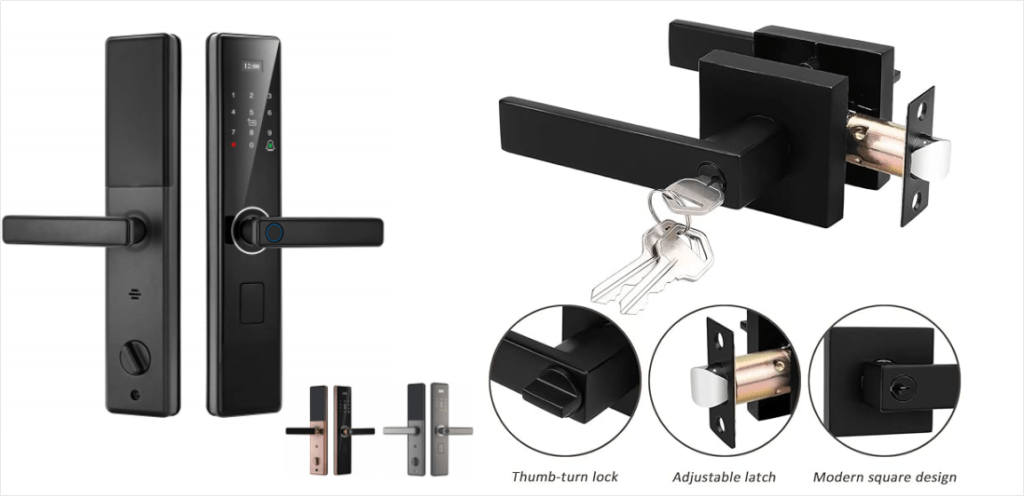
What Is a Bathroom (Privacy) Lock Used For?
Bathroom (privacy) locks are designed for rooms where personal space matters — like restrooms and bedrooms — but where high-level security isn’t necessary.
They’re locked from the inside by turning or pushing a button, and can typically be unlocked from the outside using a flathead tool or coin — a critical feature for safety in emergencies.
While some models feature a bathroom door lock with key, these are uncommon in typical homes and are more suited for shared-use or commercial spaces. The locking mechanism is integrated into the handle or knob — no deadbolt required.
Installation Tip: Choose privacy locks for rooms that need personal space separation, but don’t demand full security.
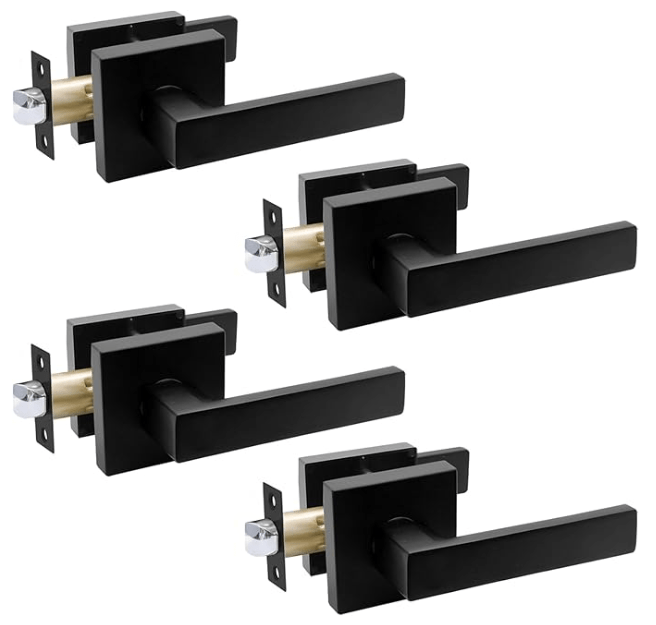
What Is a Passage Door Lock?
Passage door locks are the go-to choice when you need a door to stay shut — but never locked — like in hallways, closets, children’s rooms, or utility areas.
These locks have a working latch and handle, but no locking mechanism. They allow doors to swing closed for noise control or airflow regulation while staying freely accessible from both sides.
You might see listings like passage door knob with lock, but this is often a misuse of terms. Many end users confuse passage and privacy functions, so it’s important to educate customers: passage = latch only, no lock.
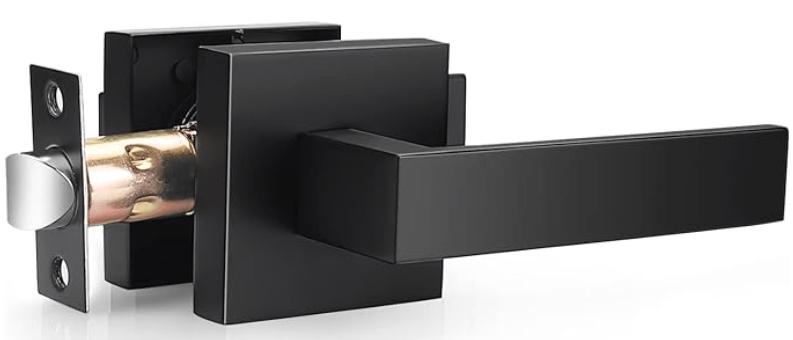
What Is a Dummy Door Lock Used For?
Dummy locks are ideal for doors that don’t need to latch or lock — but still require a finished, uniform look. They are non-functional knobs or levers used purely for decorative purposes.
They’re commonly installed on French doors, pantry doors, linen closets, or other interior doors where symmetry or pull function is desired, but no mechanical action is needed.
There are two main types:
- Single dummy – Installed on one side only, used for shallow closets or one-way doors
- Double dummy – Installed on both sides, ideal for double French doors or mirrored panels
Often bundled with passage and privacy locks, dummy knobs help complete a cohesive hardware set throughout the property.
Installation Tip: Use dummy locks on doors that don’t need function — only form. They’re perfect for completing balanced visual layouts in high-end or custom homes.
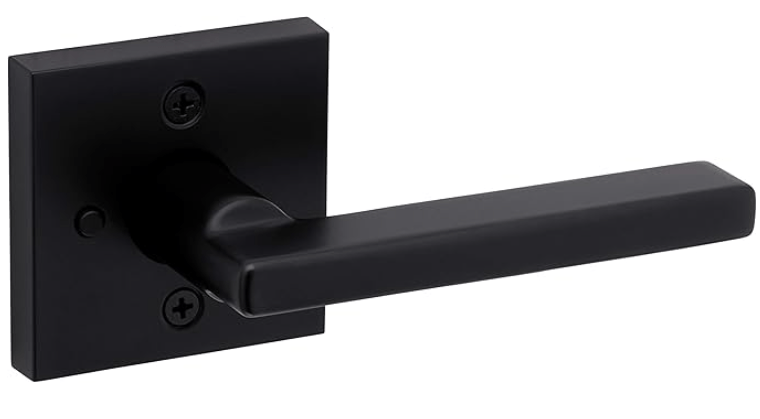
What’s the Difference Between Passage and Privacy Locks?
The key difference between privacy and passage locks is simple: privacy locks lock, passage locks don’t.
- Privacy lock – Includes an internal lock; used for bedrooms and bathrooms where privacy matters
- Passage lock – No lock mechanism; ideal for hallways, closets, or rooms that stay accessible
While privacy locks cost slightly more due to the internal mechanism, both types are equally easy to install. For multi-room builds, use a mix of both depending on room function.
Related Search Term: *privacy vs passage door knob
Dummy vs. Passage Door Knobs: How Are They Different?
These two are often confused — mainly because they look similar and are often misnamed in online listings.
- Passage knobs – Turn and latch shut; used on doors that need to stay closed but accessible (like closets or hallways)
- Dummy knobs – Fixed in place, no latch or turn; used where doors only need a pull, like cabinets or double French doors
✅ Use dummy knobs if the door doesn’t need a latch and only serves decorative or pull-open purposes. ✅ Use passage knobs if the door swings and needs to stay closed without locking.
Related Search Term: dummy vs passage door knob
How to Choose the Right Door Lock Function for a Project?
Use this quick-reference guide to assign the correct lock function based on door type — whether you’re outfitting a home, rental unit, or commercial space.
| Door Type / Location | Best Lock Type |
|---|---|
| Front / Back Door | Entry Lock |
| Bathroom | Privacy Lock |
| Bedroom | Privacy Lock |
| Closet | Passage Lock |
| Laundry Room | Passage Lock |
| French Double Doors | Dummy Lock (Double) |
| Linen Cabinet | Dummy Lock (Single) |
Always consider user flow, privacy level, and future accessibility. Installing the wrong lock — like a privacy set on a closet — can confuse users and lead to costly call-backs or rework.
Related Search Term: how to choose door knob function
Sample Lock Function Plan for a 3-Bedroom House
Here’s a suggested distribution of lock functions for a typical residential layout:
| Lock Type | Common Use in House |
|---|---|
| Entry x2 | Front and back doors |
| Privacy x3 | Two bathrooms, master bedroom |
| Passage x4 | Two closets, hallway, kitchen |
| Dummy x2 | French doors to study, linen closet |
This layout serves as a reliable baseline when preparing project kits or bulk order packs for new construction. It helps reduce mistakes in lock placement and simplifies communication with installers.
For hospitality or office builds, consider replacing privacy locks with storeroom locks where key-based access control is required, such as staff rooms or supply closets.
Conclusion
Choosing the right lock function isn’t just smart — it’s essential. Understanding the difference between entry, bathroom, passage, and dummy locks helps streamline construction planning and reduces installation errors.
Which lock type do you use most often in your projects? Let me know or feel free to share this guide with your clients and team.

